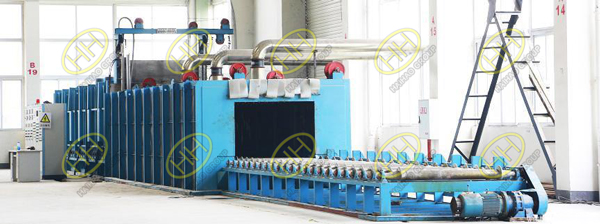Heat treatment is one of the important processes in mechanical manufacturing. Compared with other processing processes, heat treatment generally does not change the shape and overall chemical composition of the workpiece, but by changing the microstructure inside the workpiece or changing the chemical composition on the surface of the workpiece. Give or improve the performance of the workpiece. As a professional manufacturer of fittings and flanges, we will introduce the quenching process of heat treatment today.
1.What is quenching?
The quenching of steel is to heat the steel to a temperature above the critical temperature Ac3 (hypoeutectoid steel) or Ac1 (hypereutectoid steel), hold it for a period of time to fully or partially austenite, and then cool it at a rate greater than the critical cooling rate a heat treatment process for rapidly cooling to below Ms (or isothermal near Ms) for martensite (or bainite) transformation. Generally, the solid solution treatment of aluminum alloy, copper alloy, titanium alloy, and tempered glass or the heat treatment process with rapid cooling process is also called quenching.

Quenching and high temperature tempering of steel tubes
2.Purpose of quenching
1) Improve the mechanical properties of metal products or parts. For example: improve the hardness and wear resistance of tools, bearings, etc., increase the elastic limit of springs, and improve the comprehensive mechanical properties of shaft parts.
2) Improve the material properties or chemical properties of some special steels. Such as improving the corrosion resistance of stainless steel and increasing the permanent magnetism of magnetic steel.
When quenching and cooling, in addition to the reasonable selection of the quenching medium, there must be a correct quenching method. Commonly used quenching methods mainly include single-liquid quenching, two-liquid quenching, stepwise quenching, isothermal quenching, and local quenching.
3.Steel has the following characteristics after quenching
① Unbalanced (ie unstable) structures such as martensite, bainite, and retained austenite were obtained.
② There is a large internal stress.
③ The mechanical properties cannot meet the requirements. Therefore, steel parts are generally tempered after quenching.







